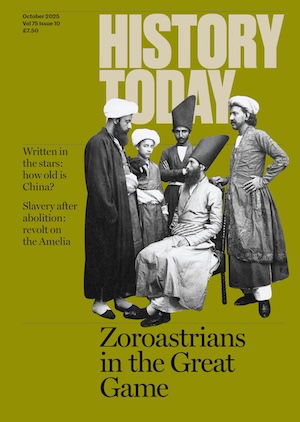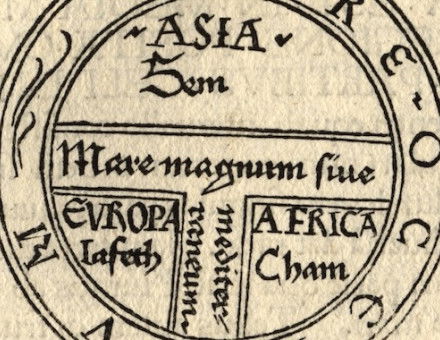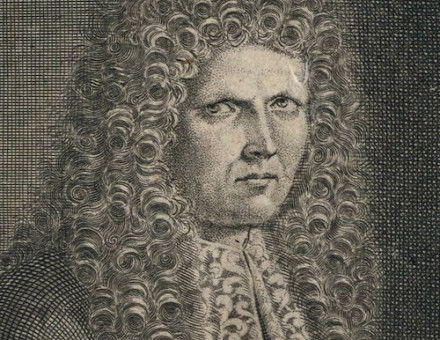France, Burgundy and England
'Gaul in three parts' - Charles Giry-Deloison discusses how new scholarship is affecting our view of a fifteenth-century triangle of power and diplomacy in Northern Europe.
The treaty of marriage between Henry V of England and Catherine of France, daughter of Charles VI, sworn in the Cathedral of Troyes on May 21st, 1420, marks the darkest hours of the French monarchy in the fifteenth century. In thirty-one short articles, the treaty made Henry the son of Charles VI and heir, with Henry's own heirs, to the Crown of France. It also made Henry regent until the king's death and gave him the government of the kingdom of France. The 'so-called' dauphin, Charles, was thought to be definitively isolated, having already forfeited his rights after he had had John the Fearless, Duke of Burgundy, assassinated at Montereau on September 10th, 1419.





